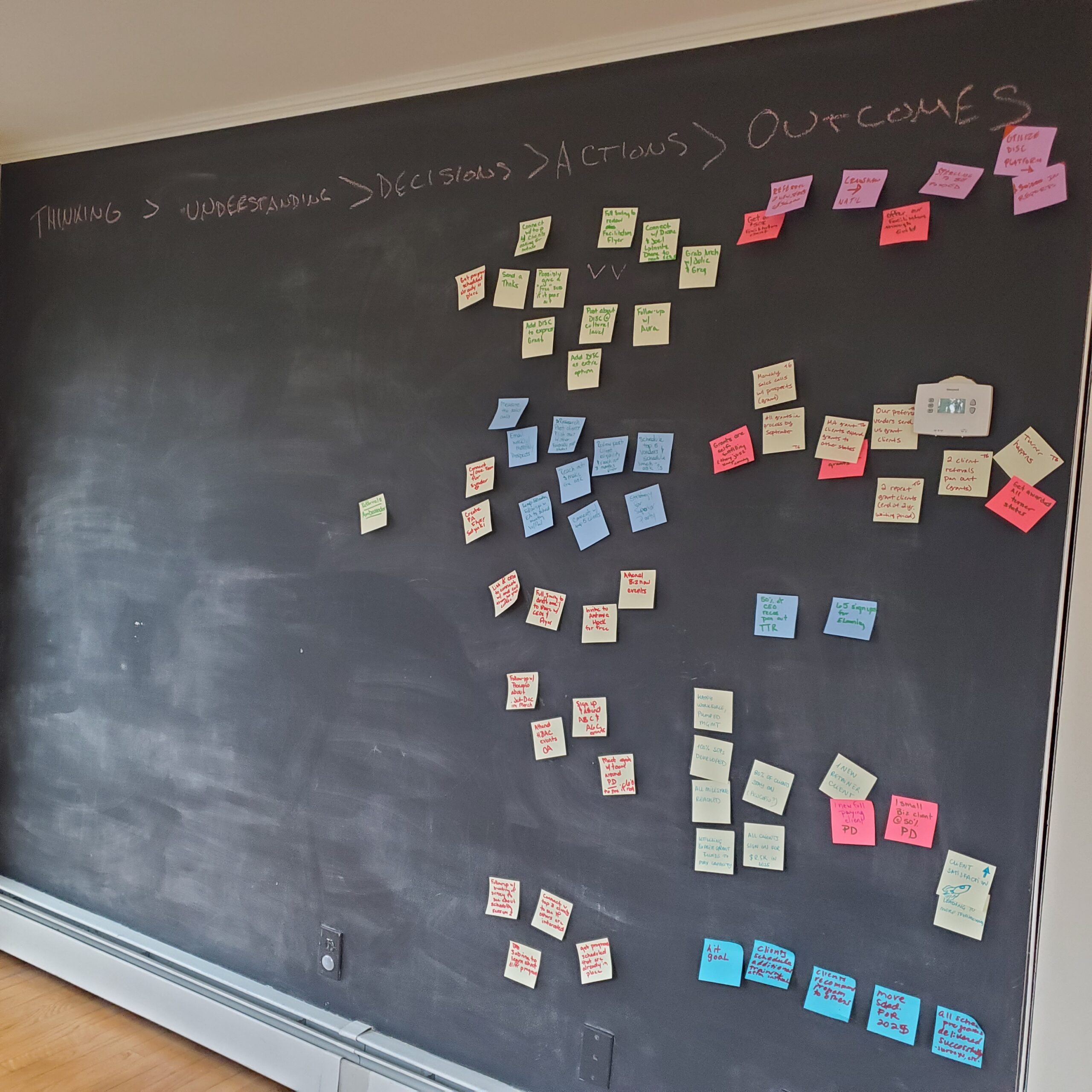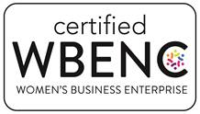I’m going to start by saying that I’m 100% bias in the regard I’m going to share. In writing this post I’m further validating my bias. To counter it a bit, but not totally, I’ll also be sure to share a few reasons that oppose my beliefs to stay grounded. So here it goes:
I believe its good practice for companies to strive to become “teaching” organizations. Wikipedia’s definition of a teaching hospital is a hospital or medical center that provides medical education and training to future and current health professionals.[1] Teaching hospitals are often affiliated with medical schools and work closely with medical students throughout their period of matriculation, and especially during their clerkship (internship) years. In most cases, teaching hospitals also offer graduate medical education (GME)/physician residency programs, where medical school graduates train under a supervising (attending) physician to assist with the coordination of care.[2]
In addition to offering medical education to medical students and physician residents, many teaching hospitals also serve as research institutes despite not necessarily being part of university academic medical centers.[1]
Since the medical field is known for their long-term post-graduate trainings, let’s re-write this a bit to create a definition for what a teaching company/organization might look like for organizations that DON’T need long term post graduate studies. How about this:
“A teaching organization is an organization that provides continuous formal learning opportunities to future and current working professionals. Teaching organizations are often affiliated with a multitude of qualified training providers. In most cases, teaching organizations also offer mentoring, coaching and internship programs, where employees train under internal Subject Matter Experts to assist with the day to day roles of their jobs.”
In addition to offering personal and professional education to employees and interns, many teaching organizations also serve as innovation institutions, trying out new ways of doing things, both by failing and by succeeding.
So why is this good practice? What would you want your organization to be known as a teaching organization?
- It shows you value your most important asset – your people by constantly providing them with opportunities to grow and learn.
- When word spreads that you are a teaching organization, it’s an instant recruiting booster. People want to come and work for a place that invests in its people. This in-turn allows you to be more competitive in your hiring practices to hire the best of the best
- A side effect of the last bullet is when you hire people who are really talented, your other employees take notice. As long as the culture doesn’t create a fight or flight mindset, this offers a healthy level of competition to keep employees feeling challenged in a good way, not a bad way.
- Continuing around recruiting, when you become a teaching organization, your recruiting streams open to allow for a more diverse pool of candidates. Maybe they didn’t go to school for your type of work, but you can teach them! This is a great opportunity for organizations looking to improve their Diversity and Inclusion programs at the lower level.
- Teaching organizations create good policies on how to handle day to day work. When hiring junior staff teaching organizations have customized onboarding for each employee and are able to get new hires up to speed 60% faster than non-teaching organizations. From SHRM’s article, When surveyed, organizations perceive effective onboarding as improving retention rates (52 percent), time to productivity (60 percent) and overall customer satisfaction (53 percent).
- Teaching organizations have a nice mix of junior level and senior level folks. This both offers natural opportunities to be mentored by your most experienced employees while also bringing in fresh ideas and perspectives. Per the Four Stages of Contribution by former Harvard Business School professors Gene Dalton and Paul Thompson, ones impact in an organization continues to grow over time the more you delegate and providing direction whether or not they are managers.
- Teaching organizations oftentimes have what is considered “good turnover”. This kind of turnover brings in fresh perspective and ideas.
- A training organization has a plan in place to grow their high-potentials. While it’s great to have good turnover it’s important to keep as many of your high-potentials as possible. Training organizations keep their turnover of their high-potentials to 5%.
- The costs of being a training organization (formal training programs, etc) have measurable value gains for the organization and are seen as cost savers rather than cost makers.
- If done right, you now have “alumni” on the outside connecting with new colleagues and speaking highly of your organization. Word of mouth is contagious, Both positive and negative word of mouth. These employees can even come back down the line as “boomerang” employees. These employees are invaluable. The stories they tell of their comparison of working elsewhere and their reason for return are priceless.
The BAD
- On the other hand, word will spread in another direction and your people are going to get recruited elsewhere. While that is rough, it’s also a compliment. Other companies want your people because you trained them so well. (blog post on why you should teach your people how to interview). Teaching organizations may see an increase in their turnover rates if prior to becoming a teaching organization they had long tenured, barely engaged employees or they may see their turnover decrease because people were constantly jumping ship to organizations that could provide them with more opportunities. I’d actually argue that for some industries and organizations, turnover higher than 10% could be valuable (but that’s for another blog).
- To be a training organization you have to invest both time and money into training your people. If done haphazardly this can get costly really quick.
- Training organizations have to continue to be curious to new ideas, new ways of thinking and new approaches. While this sounds obvious, it’s not always as easy for this to happen at the senior level. To become a training organization, sometimes some really difficult conversations have to happen and they may not be pretty.
Ok so hopefully I’ve sold you on being a training organization. Now, where do you start?
Figure out how to answer this question:
If you hired someone with no experience in your industry, what would it take to train them up for an average role in your company?
- What would their onboarding look like?
- Who might they need to meet with?
- What would they need to learn?
- How long would that take?
- Can you shorten that timeframe down?
Answer that question and you are 75% of the way there. After that it’s working on growth opportunities. But that’s for another day and another blog post.









